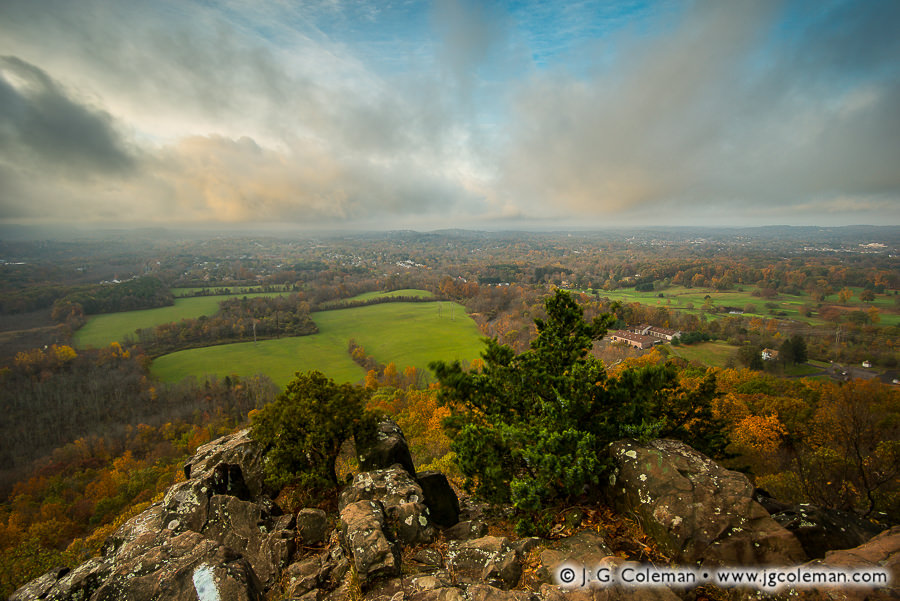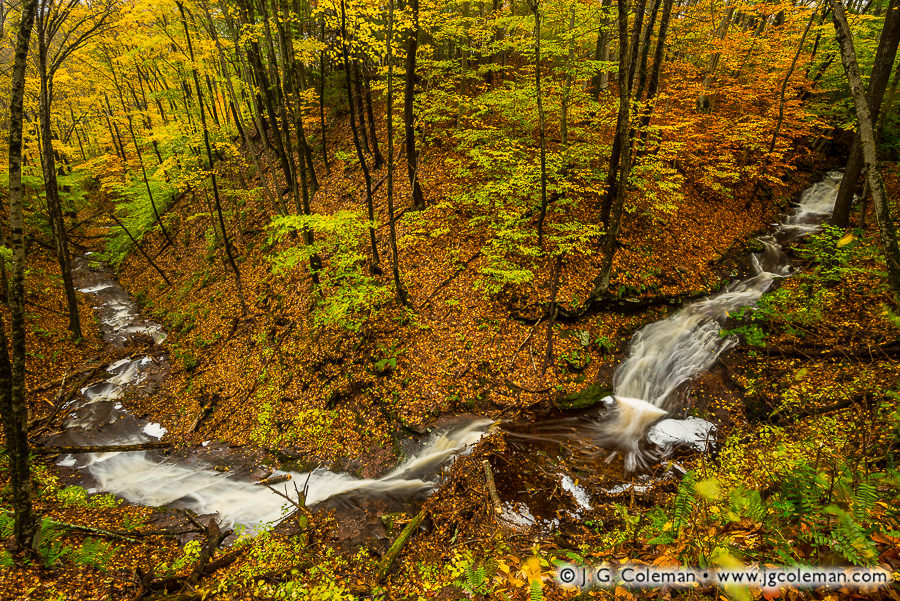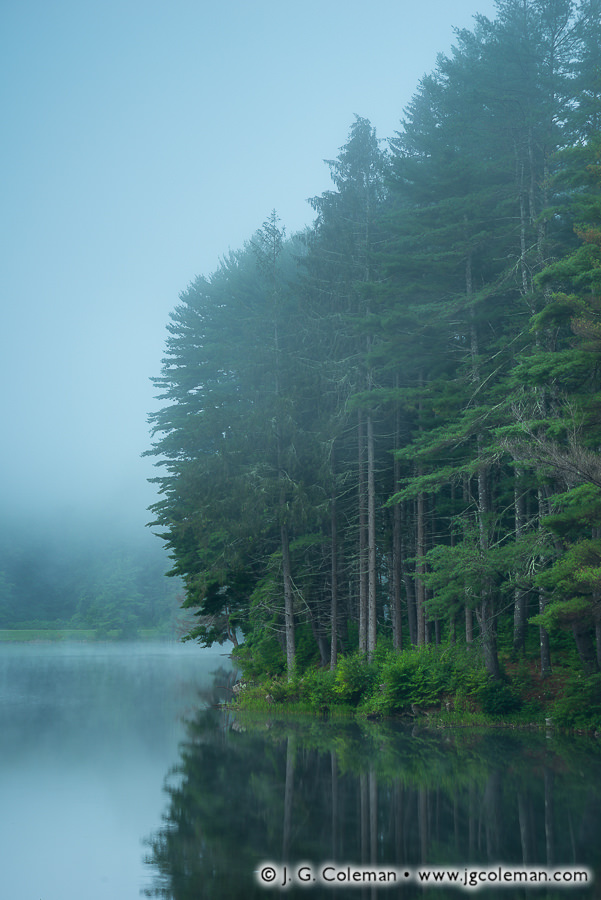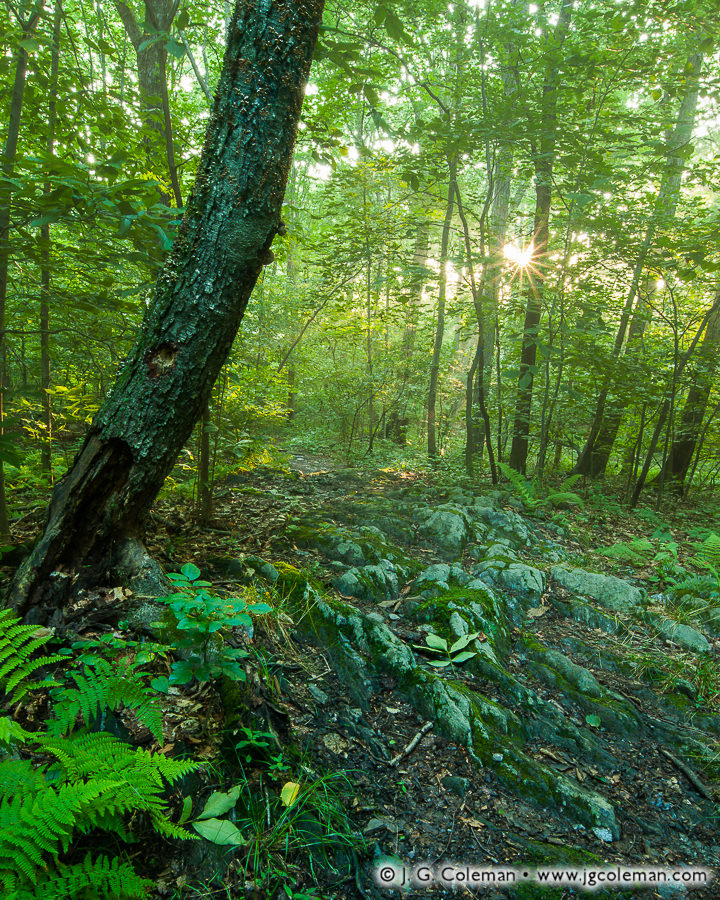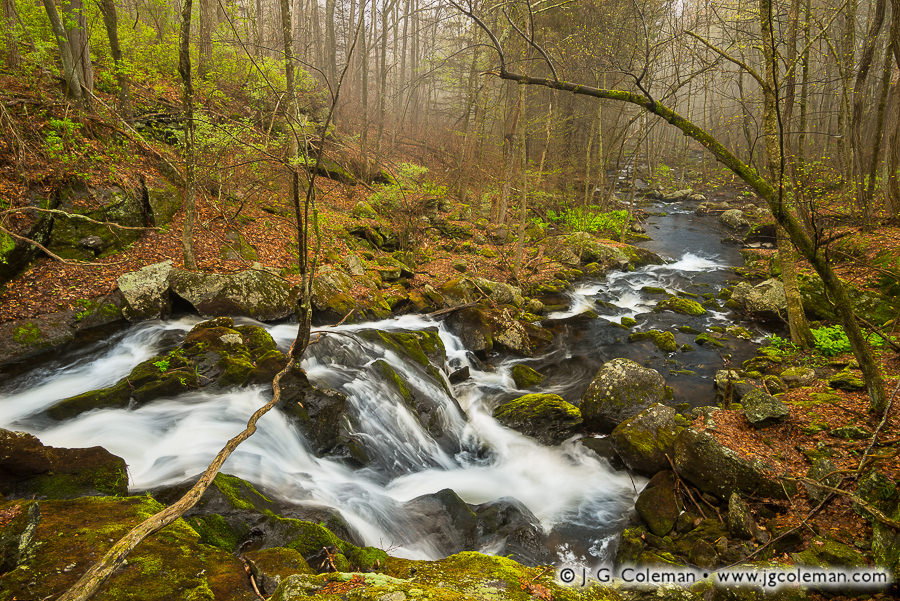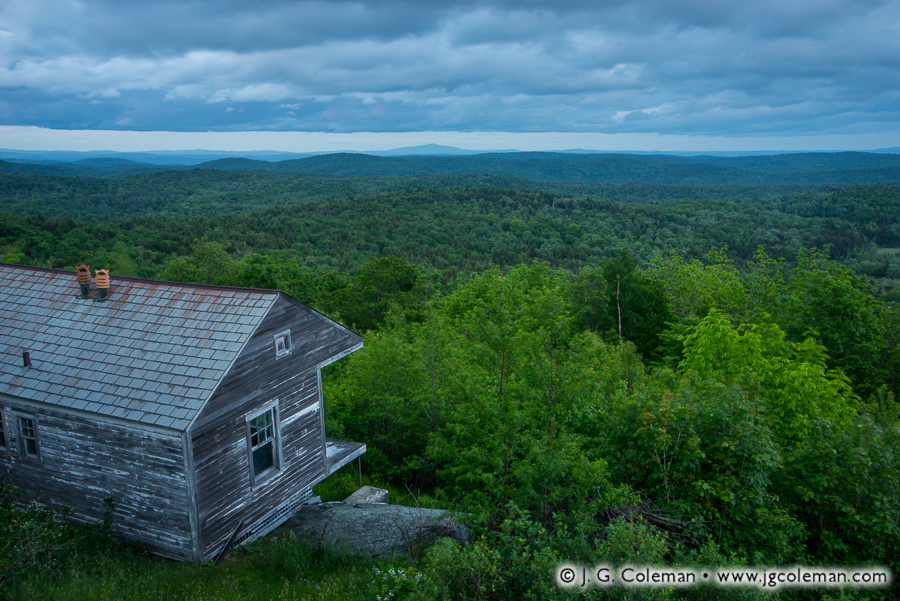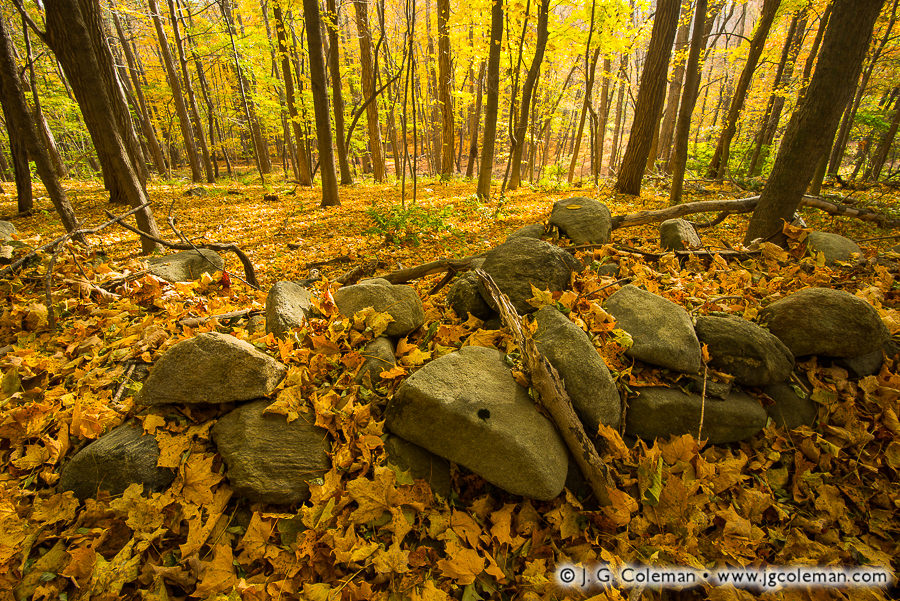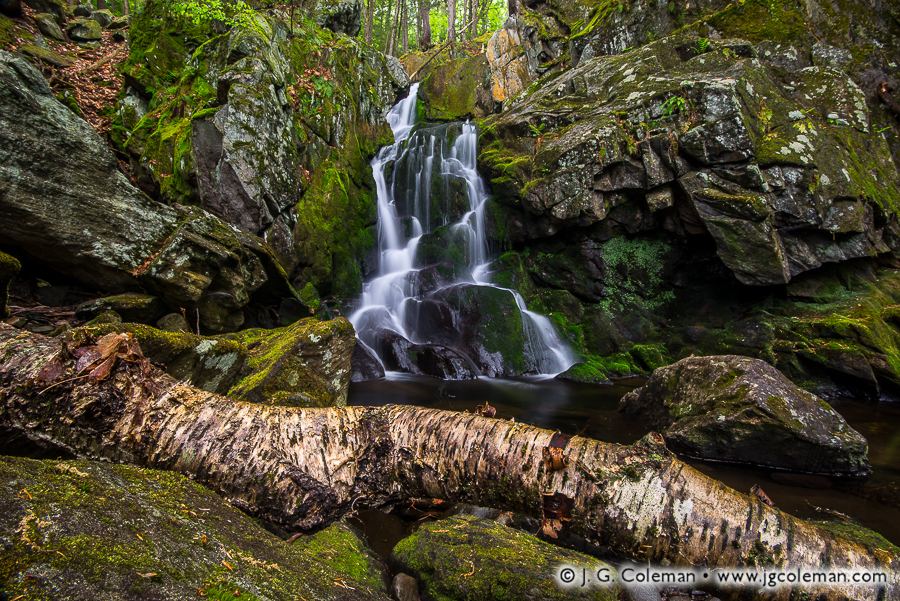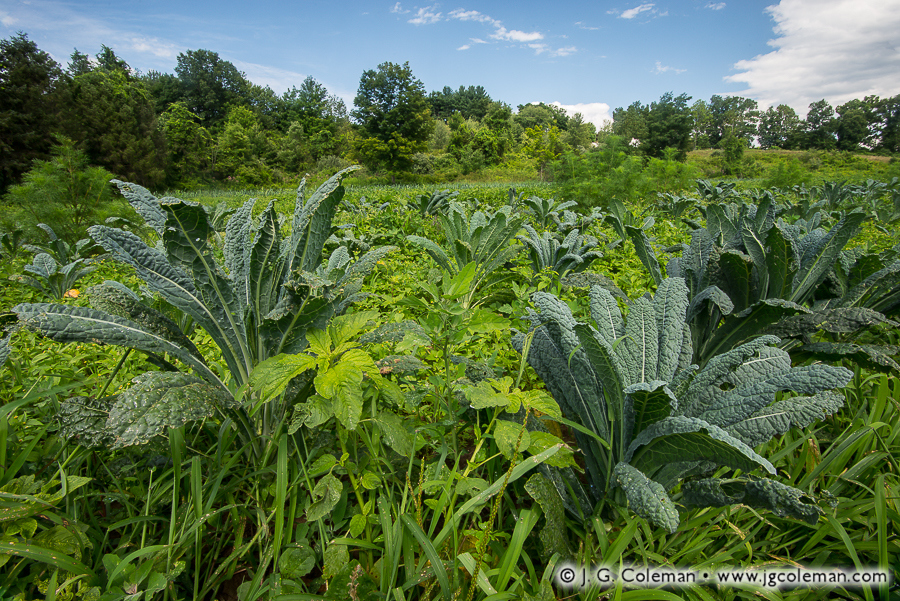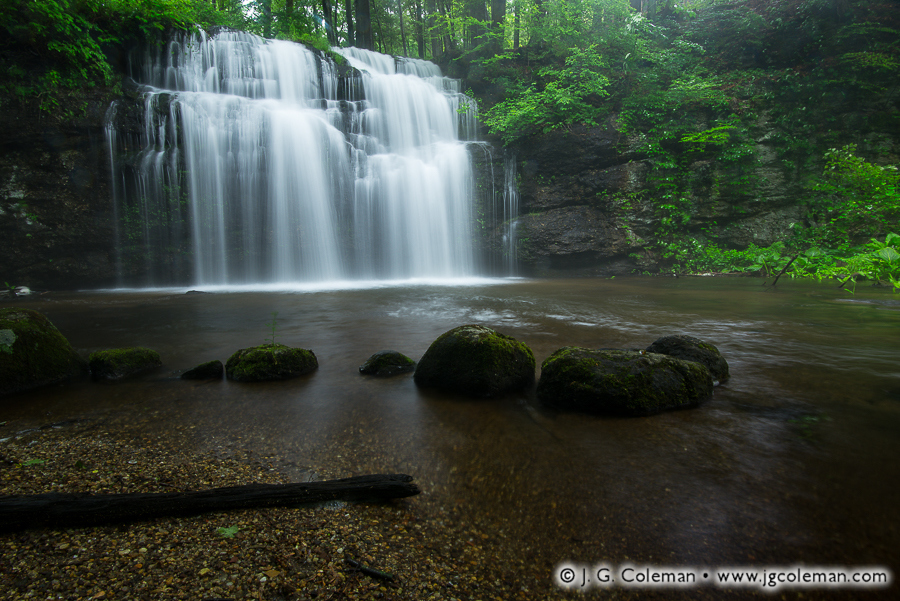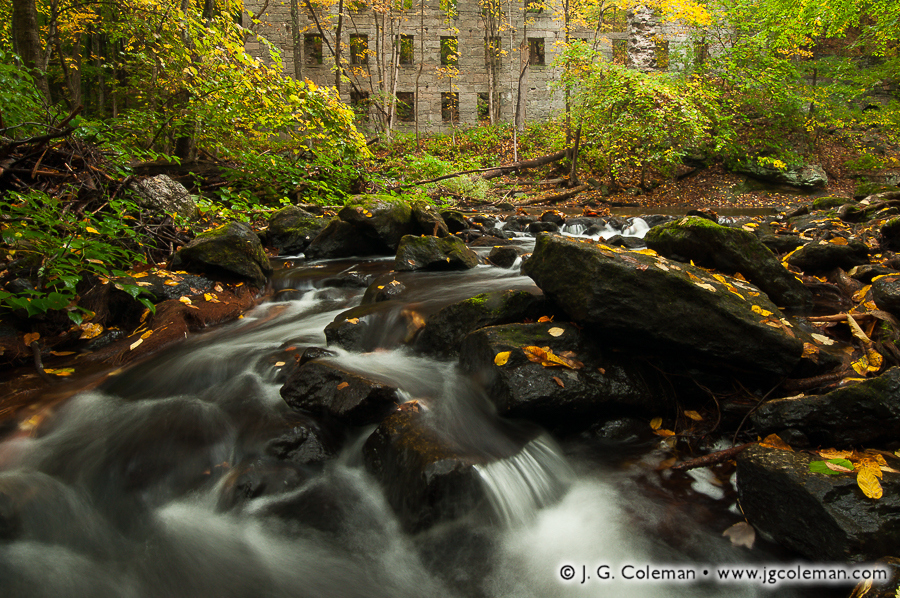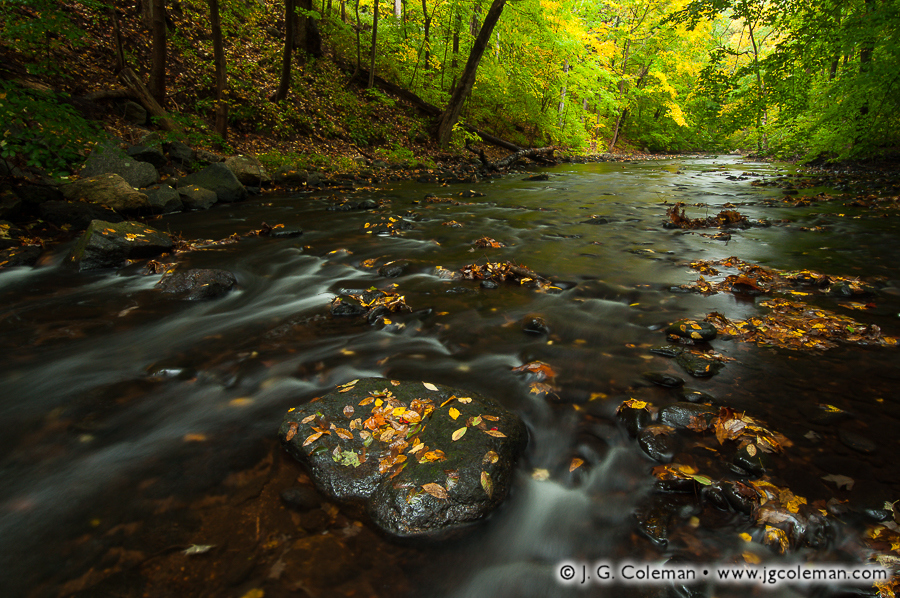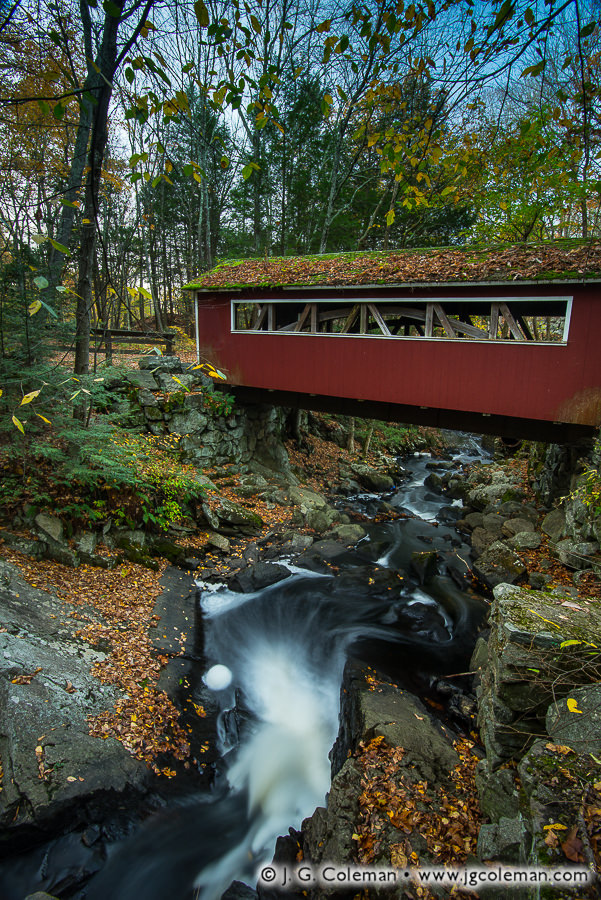
Covered bridge at Southford Falls State Park, Southbury & Oxford, Connecticut
Even as woodlands along Eightmile Brook grow increasingly bare by late October, the river gorge remains lively as ever with exuberant cascades singing away in the shadow of a covered bridge above.
Although dozens of covered bridges could be found throughout Connecticut during the 19th-century, most have long since been lost to floods, fires, wear and tear and changing technology that had rendered the venerable timber bridges largely obsolete more than a century ago. Only three covered bridges built before 1900 are left in Connecticut these days, each of which has become a beloved icon in its host town. But while historical covered bridges may be few and far between in Connecticut, there’s also a handful of covered bridges dotting the state which were built later, from the 1950s and onward.
Unlike their antique forebears, these relatively new covered bridges were never really intended to be trafficked crossings, but rather carefully crafted replicas that recall New England’s early days. Take the covered bridge in “Eightmile Crossing”, for example: although it uses the authentic Burr Arch truss design patented in 1817, it wasn’t actually built over Southford Falls until 1972.
Purchase a Fine Art Print or Inquire About Licensing
Click here to visit my landing page for “Eightmile Crossing” to buy a beautiful fine art print or inquire about licensing this image.
Want to See More?
Be sure to check out all of my work from Southford Falls State Park.



